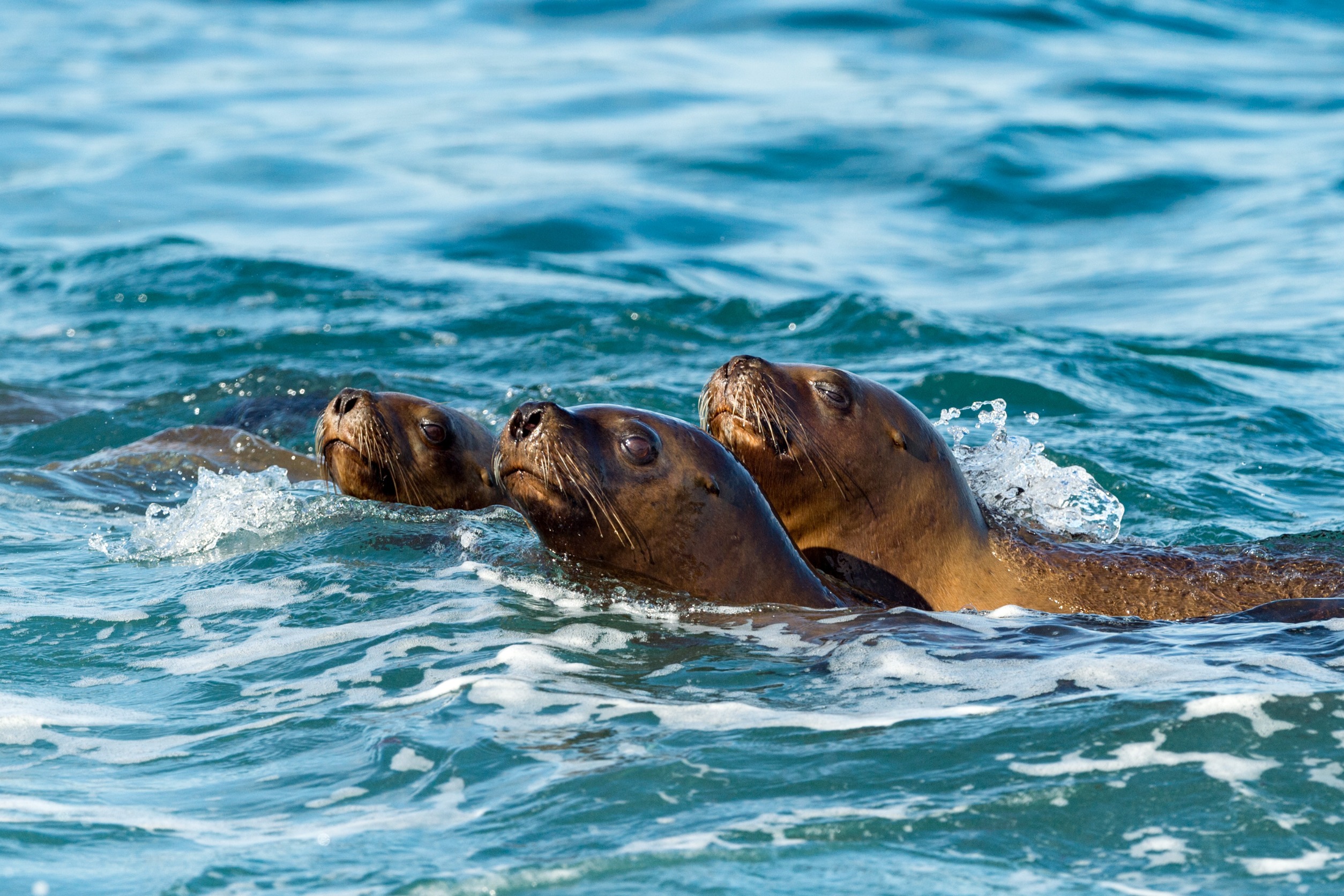BY THE OPTIMIST DAILY EDITORIAL TEAM
In an unusual blend of biology and technology, researchers are working with sea lions to explore undiscovered ocean territory. Scientists can now gain unique insights into the seafloor by outfitting these marine creatures with cameras, opening up new potential for conservation and ocean mapping. A recent study in Frontiers in Marine Science describes this exciting approach in detail.
The researchers attached cameras, GPS trackers, and accelerometers to Australian sea lions, allowing them to explore their underwater environments organically. The sea lions revealed six distinct seafloor habitats over the course of 89 hours of footage, offering important information on coastal topography and the influence of human activities on marine ecosystems.
Why Australian sea lions are so crucial
Australian sea lions, the only pinniped species native to Australia, are experiencing a significant population decrease as a result of human-caused threats such as debris-related mortality and habitat degradation. With their numbers having fallen by 60 percent in the previous 40 years, the remaining 10,000 to 12,000 sea lions are largely concentrated in South and Western Australia. These locations also have mostly unmapped maritime environments, making sea lions’ contributions to oceanographic study even more important.
“Animal-borne video from Australian sea lions offers unique advantages,” the research team wrote, highlighting that the footage supplied by the sea lions may cover broad areas of the seafloor in a relatively short period and at a far cheaper cost than traditional approaches.
A cost-effective alternative to traditional methods
Traditional ocean mapping strategies frequently use sophisticated technologies such as towed cameras and remotely operated vehicles (ROVs). While effective, these approaches are time-consuming, labor-intensive, and require suitable weather conditions. In contrast, sea lions can easily travel the ocean’s depths, collecting footage in locations that human divers would find difficult or even impossible to reach.
“Wessel-based surveys are costly, time and personnel-intensive, and rely on suitable weather conditions, which makes mapping large expanses of the benthos challenging,” explained the researchers. Sea lions, which can dive up to 245 meters (804 feet), are naturally prepared to investigate these depths, providing a low-cost, adaptable alternative to traditional mapping approaches.
The implications for marine conservation and future research
The success of this study demonstrates the feasibility of using animal-borne cameras in maritime research. While tagging marine animals such as sharks and turtles is not new, using cameras to collect data on ocean environments is a relatively new method. This approach could change the way scientists study the ocean by offering detailed and dynamic pictures of undersea ecosystems.
The sea lions’ footage is more than just a scholarly curiosity; it has real consequences for marine conservation. By mapping newly identified habitats, researchers can gain a better understanding of the surroundings on which these endangered sea lions rely, guiding conservation efforts to safeguard these vital locations. This novel application of technology may open the way for more sustainable and cost-effective methods of oceanography and marine conservation in the future.
Source study: Frontiers in Marine Science—Using sea lion-borne video to map diverse benthic habitats in southern Australia











